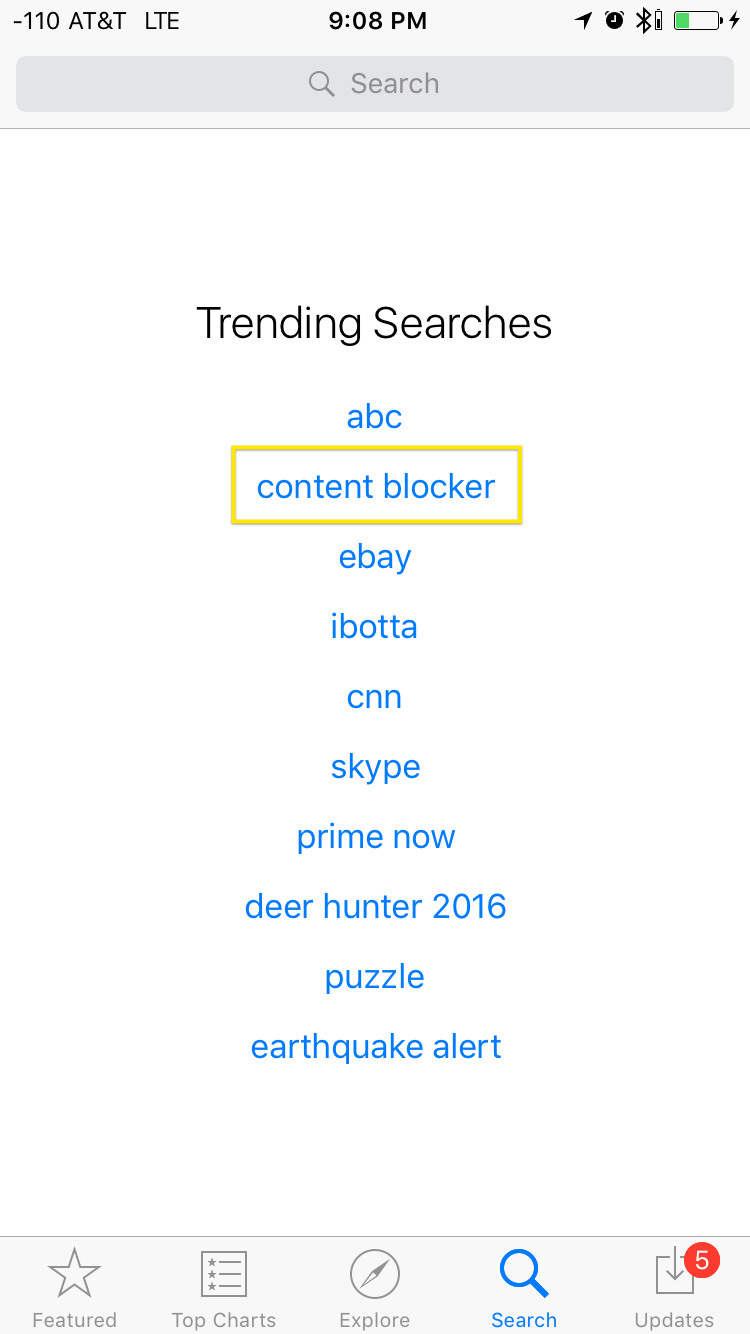I was very curious about whether Content blocking scripts in iOS 9 will go mainstream. Content Blocking (in the form of Adblocking) has been around forever in desktop, but has largely remained in the “nerd” / “geek” territory. Most people didn’t care enough as there was no immediate / tangible benefit for the effort involved in installing an adblocker extension (even though installing one is not all that hard). Only 5% of all Internet users had an ad blocker installed.
However on mobile, there are tangible benefits promoted by ad blockers. * Reduced bandwidth costs * increased battery life).
Ad-blocking app Crystal claims 3.9x times faster load and 53% lesser data use on the Top 10 popular news sites, Still it is an opt-in and a two-step installation process. The installation process is similar to that of custom keyboards, and in my experience most mainstream users had not both installing custom keyboards.
Content blocking scripts are off to a strong start.
Three of the Top 5 Paid apps are content blocking scripts. That is really strong considering the payment hurdle and the installation hurdle.

Content blocking is also a trending search (which presumably will drive install to free ones too).

It is possible that the early adopters are installing these content scripts (and about 12% of devices had iOS 9 installed keeping pace with iOS 8.)
I am definitely surprised by this trend. I was somewhat skeptical about the adoption of these types of apps, but it looks like there might be enough momentum for this to go mainstream. (It’d be interesting to know if custom keyboards were trending ever in the app store, especially in the early days of iOS 8 due to the curiosity factor).
The takeaway for PMs is that if you address a real problem (like bandwidth costs or battery life), users may be willing to take an obscene amount of effort to use your solution. Painkillers, Vitamins yada yada yada.
As for the larger ramifications of this, winter may be coming